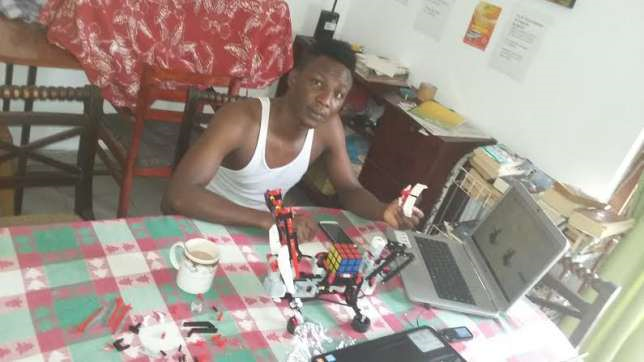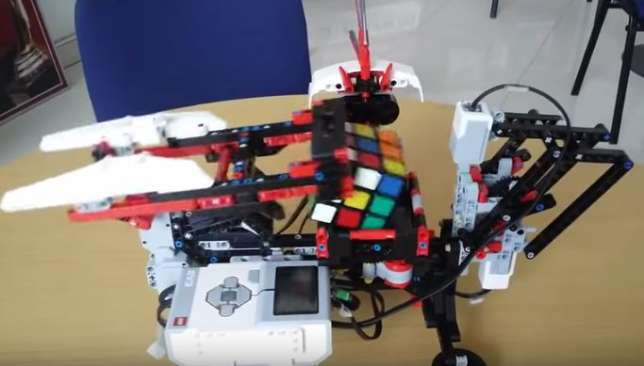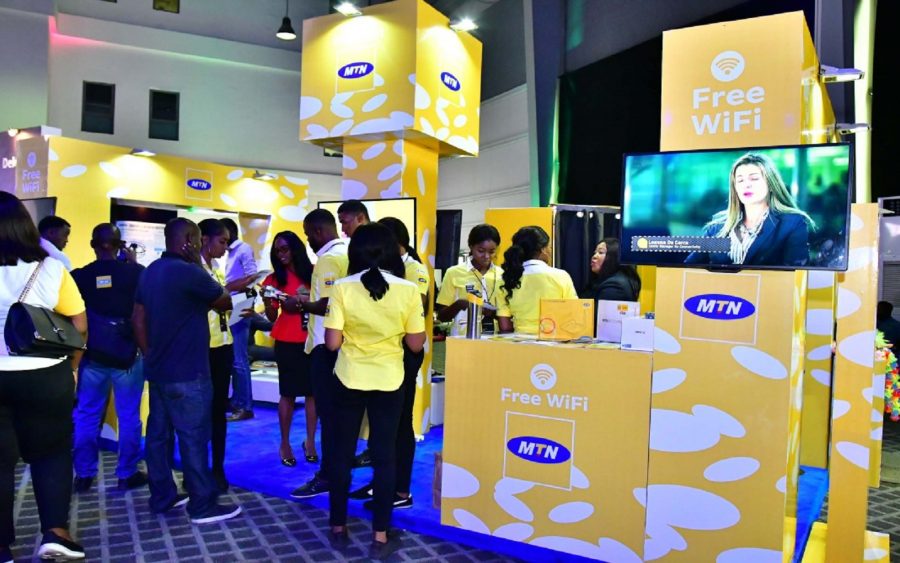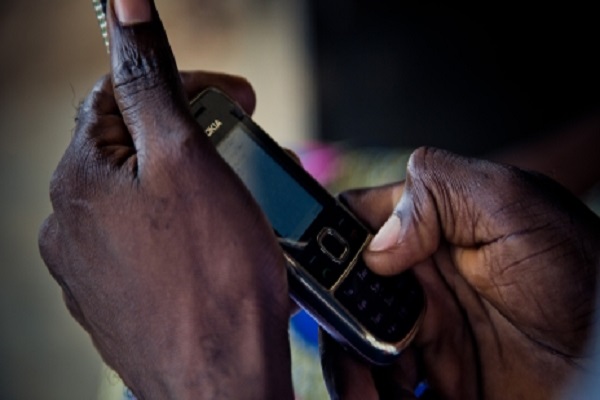- A twenty-four year old Nigerian, Bobai Ephraim Kato, has built a fully functional artificial intelligence robot for his final year project at the International College of Business and Technology (ICBT) in Sri Lanka. While he developed an interest in computing and technology early, initially he wanted to be a doctor.
- After his secondary school education in 2009, he wrote JAMB exams twice trying to get into Ahmadu Bello University (ABU) Zaria to study medicine, but was not admitted. He couldn’t get into the remedial school at ABU, and Kaduna State University (KASU) did not accept him either. It was not until he started a program at KASU’s remedial school that opportunity presented itself through the NIIT (National Institute of Information Technology) scholarship exam. Kato’s success story took shape over the next four years as he eventually ended up in Sri Lanka and studied Software Engineering.
- Kato admits that the idea of artificial intelligence was random. The knowledge he gained from previous classes on Artificial Intelligence Systems set the pace for his work with the robot. His first work with Artificial Intelligence was “Wine Quality Test”, a piece of software which uses artificial intelligence to determine the quality of wine. When the directive came to his class to create software that uses Artificial Intelligence for predictions and solutions, he couldn’t think of anything. It was not until he did some research that the idea of a robot, which could solve puzzles struck him.
- A Nigerian Software Engineering student, Kato personally built and developed the algorithm that enabled the robot to solve a Rubik’s Cube in a matter of minutes – a feat he admits to have never achieved himself. Kato, who hails from the Atyap tribe in Kaduna claims that his journey to success was not smooth, as he had to deal with a lot of failures in the course of his project and an unimpressed supervisor.
“My first 5 tests were a failure. The robot always shot a scanning error, and this was a week to my final submission. All I could do was pray. I didn’t know what to do again. I was confused and restless. I kept grinding and it finally started working. At that stage, the robot wasn’t intelligent enough and I had to train it to solve many puzzles to get more skills to save in the database.”
- Kato spent two nights building the robot. After construction, he installed the software which served as the brain into a memory card for testing. A week to Kato’s final submission, the robot was still not functional. It took six tries to get the robot to work, and then a few days to increase its intelligence quotient. It was hard work for Kato, as he could not solve the Rubik’s Cube himself.







![[The Nigerian Economy Daily] FG has approved the closure of five foreign missions and embassies](https://nairametrics.com/wp-content/uploads/2017/05/nigerian-economy-today-1.jpg)








